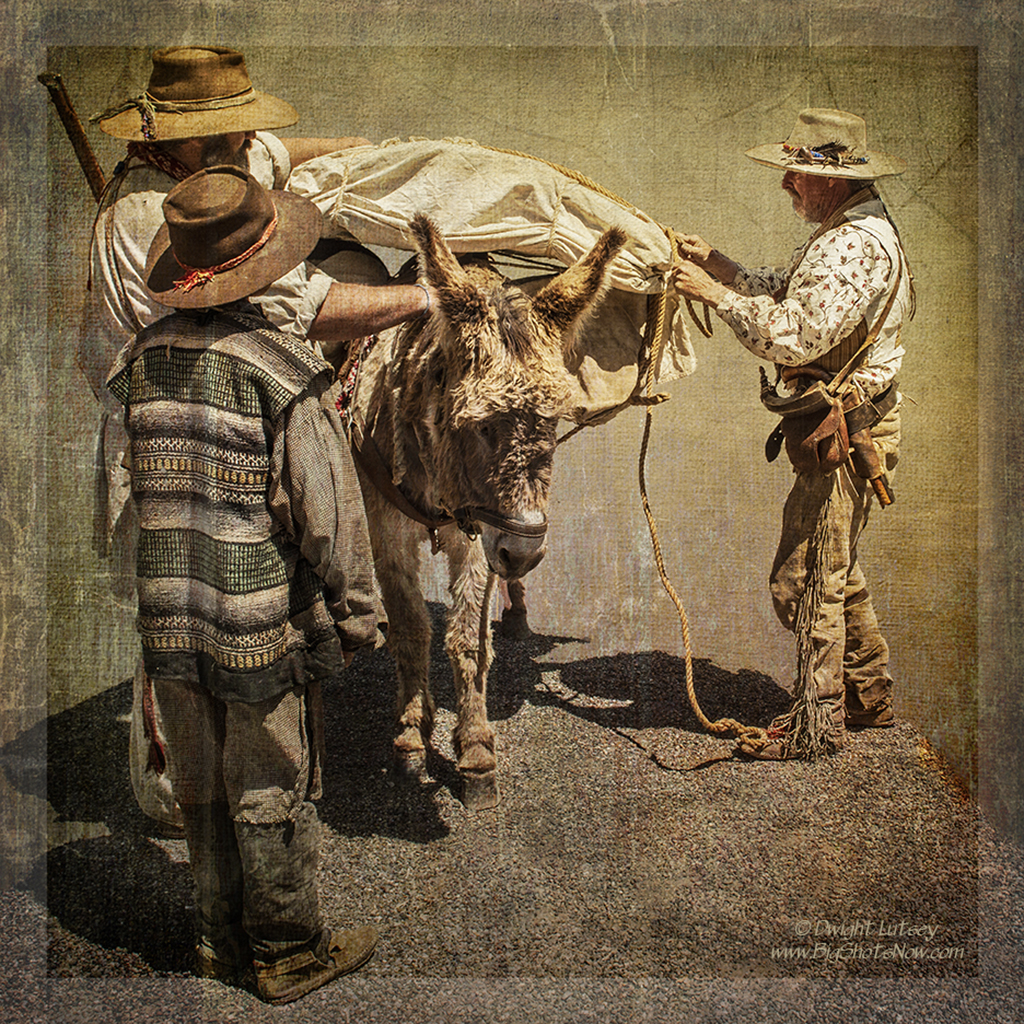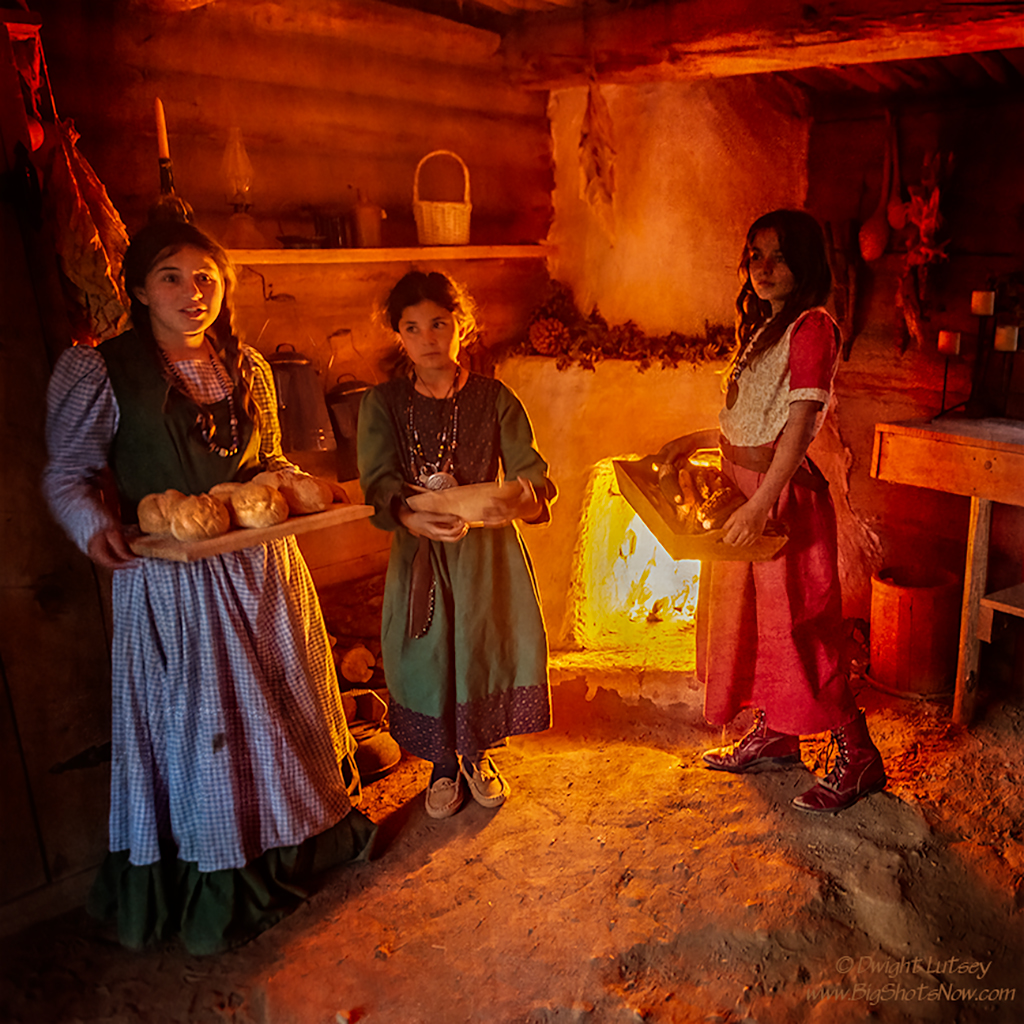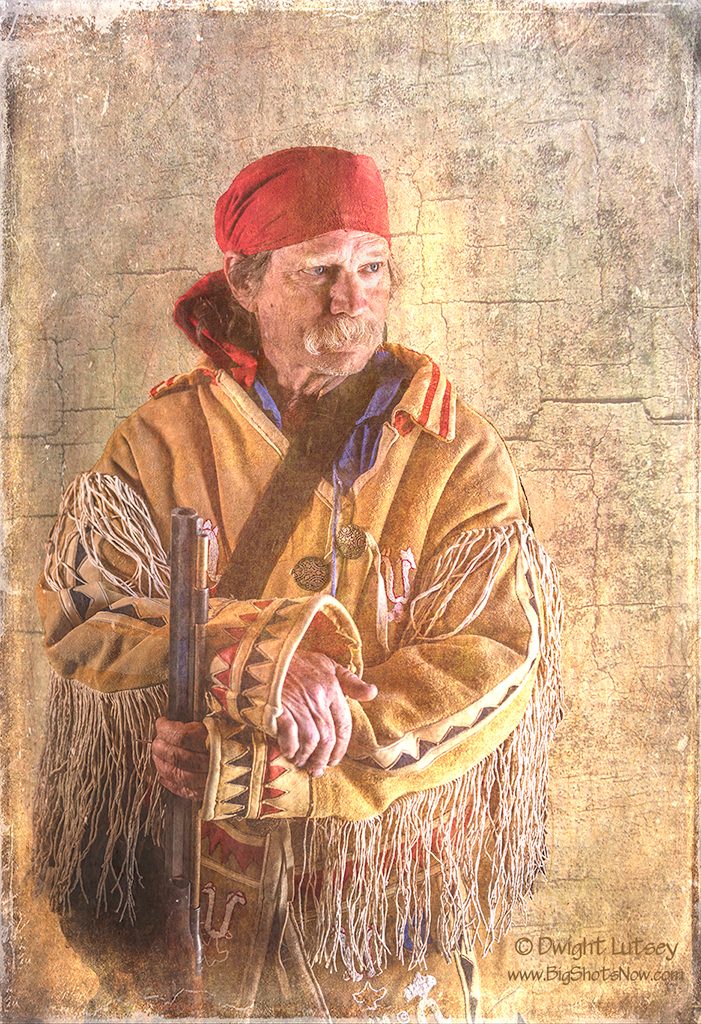
Fort Uncompahgre was a trading fort. it was built to handle the fur trade by being a way station of sorts, hence it’s lack of fortification. The walls were upright logs stuck in the ground and housed the necessary buildings inside to handle the business of trade. The traders store, the saddlery shop, an early version of a Starbucks, all the things the folks gathered around the fort needed were inside its walls. If there was danger of some sort you could get in there quick and shoot out from between the logs, but it was never built to stand up to any type of attack.
It was more of a mini-transportation hub where goods such as beaver hides, other types of furs and trade goods were temporarily stored before being sent on to the larger forts, or dispersed to customers further down the trail. Due to the fact that the internal combustion engine would not be invented for at least another hundred years, the primary form of drayage, the hauling of freight by other that humans carrying it on their backs, was by donkey and mule. Since there were few roads in the area and travel was primarily by trails which were often just rocky steep paths, donkeys and mules were the most efficient forms of haulage at your disposal, if you will.
Normally loading the donkey was pretty straightforward. You needed three guys for the task. One big guy to press down on the donkey’s back to keep it from unexpectedly leaping into the air ruining the plans to load it, another guy to lift the heavy bales of pressed furs to go on the donkeys back, and a third smaller guy to watch and take notes. And the donkey of course. Bales weighing tons of pounds were placed on the donkeys back until its legs just began to bow then tied tightly (the bales not the donkey’s legs) so they wouldn’t slip off if the donkey managed to be able to do anything but shuffle forward. That’s why the big guy was needed as some donkeys would be aware of this whole loading and walking thing and would try to avoid it by hiding, playing dead, disguising itself as a large neighborhood dog, or the tried and true method of leaping into the air unexpectedly until the traders gave up in disgust and went to storehouse for some whiskey.
The donkey above is a new donkey and hasn’t learned any of those tricks yet, but the men are taking no chances anyway. Once the bales are loaded on its back there’s none of this leaping up in the air and so on. It’ll be lucky its legs stay on or don’t sink into the ground. These were considered the short haul vehicles of the day as they were easily maneuvered thru tight canyons, up rocky ledges, down boulder strewn paths and able to take very tight turns with ease. All in all the best choice for this type of freighting.



You must be logged in to post a comment.